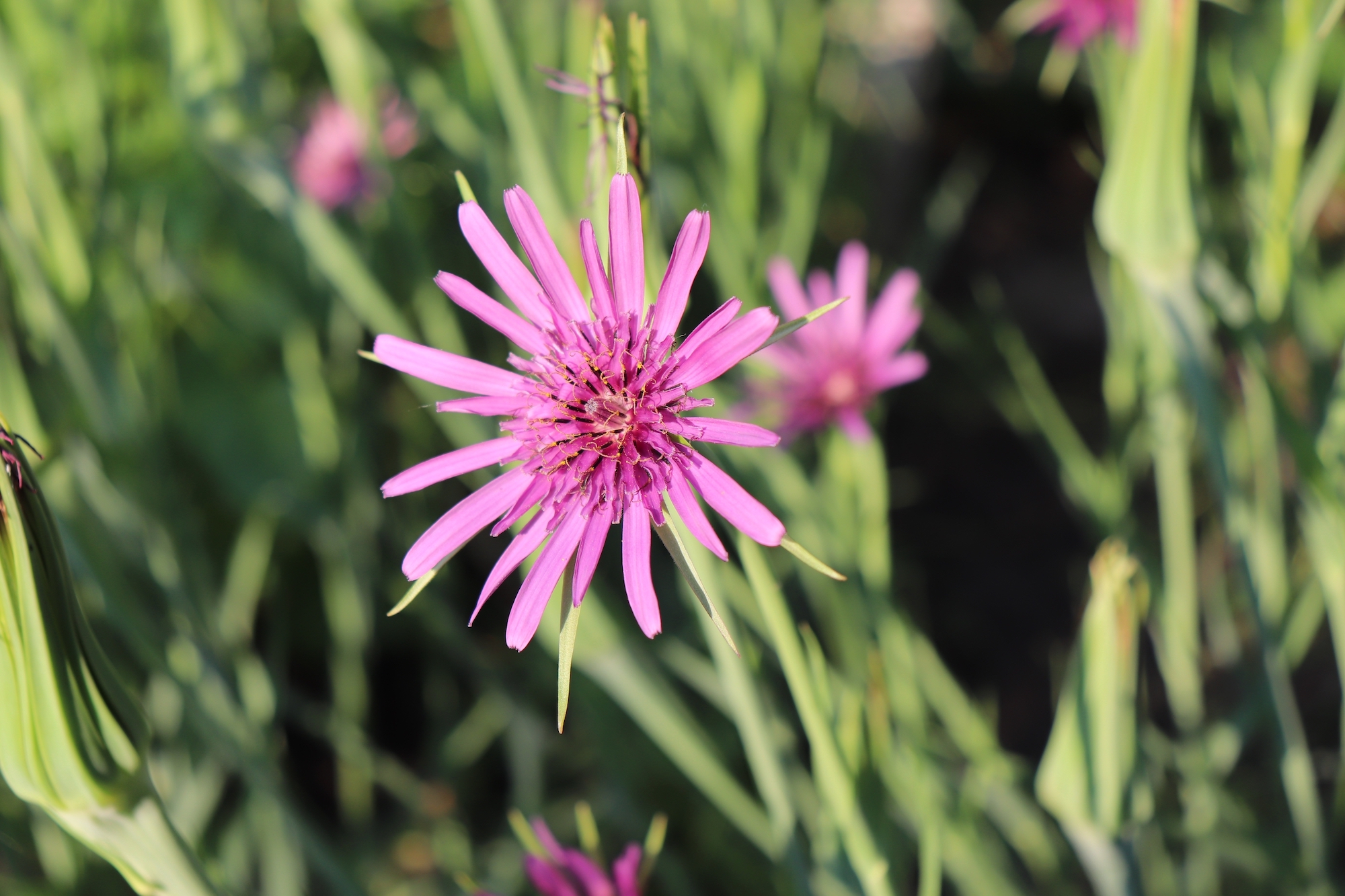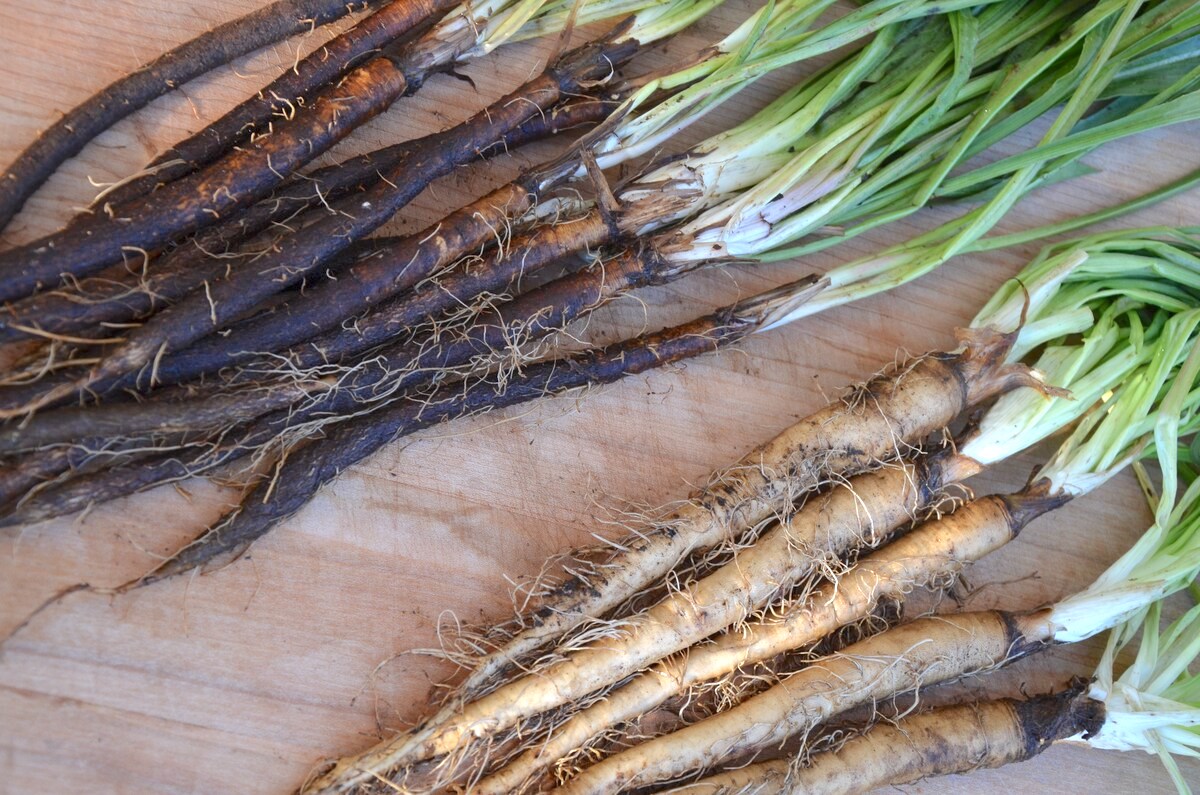
Also receive the Almanac Daily newsletter including gardening tips, weather, astronomical events, and more.
Planting, Growing, and Harvesting Salsify
Cooking Notes
Eat and cook salsify like most root vegetables. Enjoy in soup and stews, boil, roast, or mash.

Be sure first to scrub the root under cold running water, peel with a sharp knife and place in water with a little lemon juice.
We like to simmer for 20 to 30 minutes (until soft, NOT mushy) and then sauté a little further in a little butter.
ADVERTISEMENT
Is the yellow type edible also? It grows wild here in MT
It is indeed! Here’s a link to some additional infornation from the Montana extension service: https://www.montana.edu/extension/invasiveplants/documents/publications/extension_publications/Western%20Salsify_revised%202017.pdf
Thank you, Joe Bills!
The common yellow salsify doesn't seem to be invasive in N.MI and I like seeing it in my fields. It's great fun watching the Finches jump on a seeded flower to feed while the stalk bounces.
I've long wanted to plant the purple variety and I think Andy Wilcox's article just convinced me to order seed for next season.











